Tucked away in Nelsonville, a small town in southeast Ohio, sits a little gem of a college. Hocking College is a two-year public community college that offers more than 60 vocational and associate programs, including an exciting music management program. The program, which started in the early-1990s has at its helm, Scott Winland.
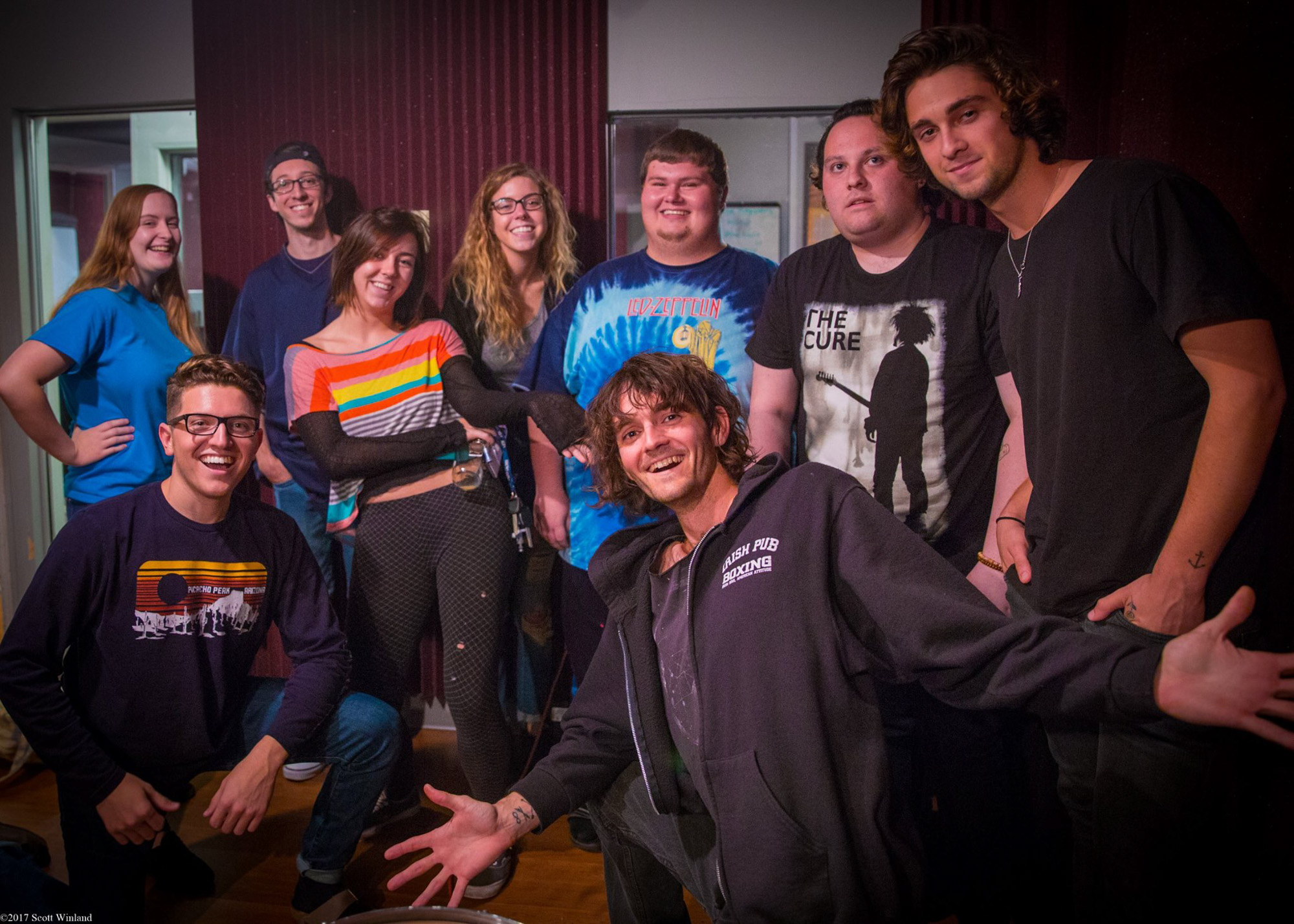
Winland, with his background as a musician, photographer, booking agent and concert promoter, is perfectly suited to head up the program. About 10 years ago, Winland was approached by Hocking to teach a class on concert booking and promotion. For Winland, teaching the class at Hocking “really felt like home.” The college seemed to agree it was a good fit and later offered Winland the position of Program Manager, which he gladly accepted.
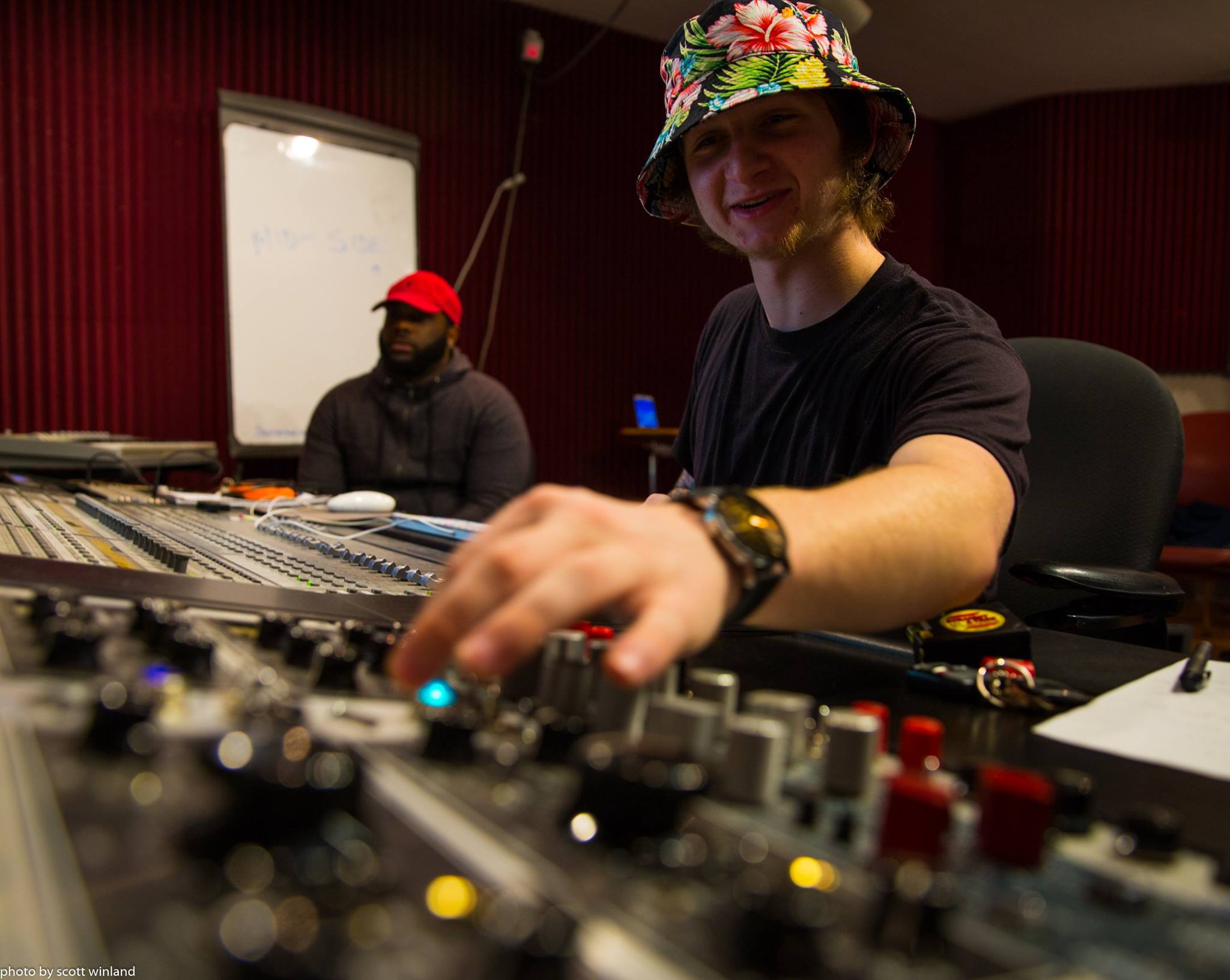
The music program consists of two main areas of study: the business of music and audio production. Students can also gain certifications in live sound production as well as certifications and training in creative content, including workshops in video production and concert photography. The curriculum is incredibly diverse and provides students with hands-on, real world experience.
One of Winland’s favorite projects is called Live From Studio A, hosted at the college’s in-house radio station. “We host live recording sessions in our studio each Friday and share the content on our social media platforms,” Winland explains. He goes on to say that, “It’s a great collaborative project: We have industry track students booking the talent and handling rights management. Our audio and video production students focus on the recording.”
Live From Studio A is “a great holistic hands-on project” for students to participate in the full array of real-world music industry experience from booking, promoting, marketing, networking and rights management to production, content creation and broadcasting. “It’s all there,” says Winland, adding, “It is a great way to build a portfolio.” And thanks to Winland’s wide-ranging contacts, he has connected students with artists from countries as far away as Japan, Sweden, Brazil, the UK, as well as all over the US, giving students access to world-class talent without leaving their own backyard.
For the Live From Studio A projects, students typically use a simple, but effective, 3-point lighting rig. The latter is sometimes complemented by some “personalized lighting.” In layman’s terms, that’s a few LED panels and thrift store lamps which add a nice visual touch as well as a warm source of illumination.
As expected, the recording studio “is fully equipped, with some pretty impressive industry-standard gear,” says Winland. “For our live sessions with full bands, we’re predominantly close mic’ing with dynamic microphones – there’s so much bleed in the room, you need to have mics as close to the sources as possible.”
They use a multi-cam approach to capture the visuals. Until this past semester, the program relied on camcorders, but switched to DSLRs, using three Canon EOS 80D cameras (sometimes supplemented with Winland’s Canon EOS 5D Mark III). When they made the switch, Winland knew it was a smart move: “It just looked so right.” And, color grading was much easier and more accurate using the same cameras throughout. With a hodgepodge of camcorders of varying ages, he noted, “the colors were all different, the lenses were different and it was much harder to edit.”
When it came to outfitting the Canon EOS 80D bodies with lenses, Winland knew exactly what he wanted for each camera: the Sigma 18-35mm f/1.8 DC HSM and Sigma 50-100mm f/1.8 DC HSM, both part of Sigma’s Art Series and available for Canon, Nikon and Sigma mounts. The Sigma 18-35mm f/1.8 DC “was the first zoom I got when I started shooting the shows I was promoting at The Union, a great rock ‘n roll venue in Athens, Ohio.” Winland grew up around photography, (his mom even had a small darkroom in their house) and while he was attending the concerts he had booked, he tried taking photos from the side of the stage with his inexpensive NIKKOR 50mm prime lens (on an APS-C camera). “The lens wasn’t wide enough, so I got the Sigma 18-35mm f/1.8 DC HSM art lens. It’s also great for small clubs because you can be right up front.”
Years later, when he started selecting equipment for the program, he naturally picked up the Sigma 18-35mm f/1.8 DC HSM. ”Winland also selected the Sigma 50-100mm, f/1.8 DC HSM to complement the Sigma 18-35mm art lens. “We have a music festival on campus each summer, hosted by local non-profit, Stuart’s Opera House, that has featured artists such as Willie Nelson, Mavis Staples and Flaming Lips—huge artists for this area,” he says. While the Sigma18-35mm is great for tight spaces, it was too wide for larger venues. “The Sigma 50-100mm lenses are great for festivals and bigger concerts,” Winland says. Importantly, the combination of the two Sigma art series zooms is perfect, regardless of where students are photographing—the tight space in Studio A or a small club or large music festivals—regardless of whether they’re capturing video or stills.
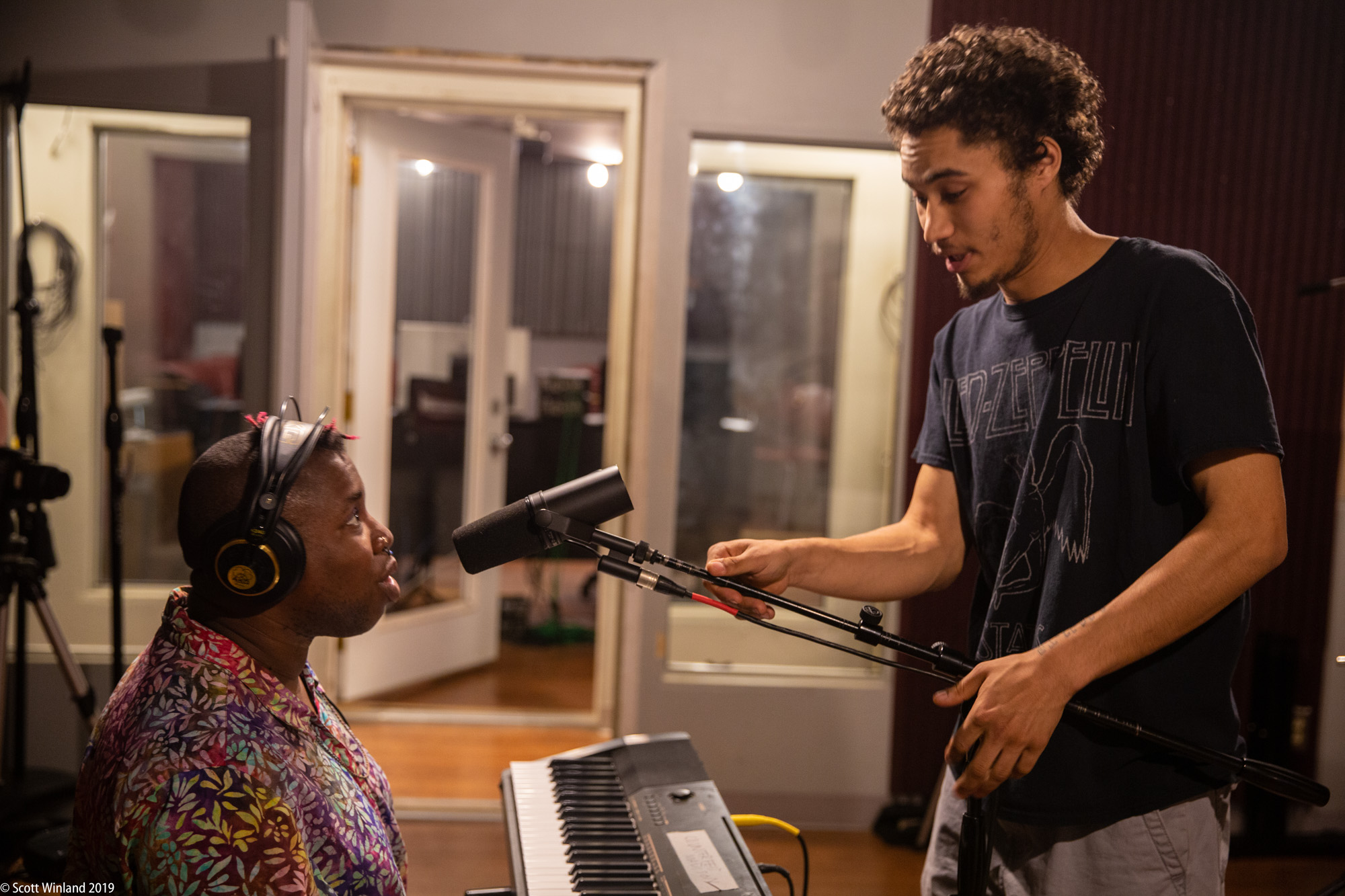
“I’ve been using Sigma lenses for a long time now and I love them.” And, he adds, “They are more affordable than Canons or Nikons and, in my experience, the results [from the Sigmas] look just as good or better” when it comes to image quality and sharpness.
Equally important is performance and these Sigma lenses’ autofocus is fast, smooth and accurate, especially in combination with the Canon 80D dual pixel AF technology. While most of his students depend on autofocus, a couple of people will shoot while pulling focus manually.
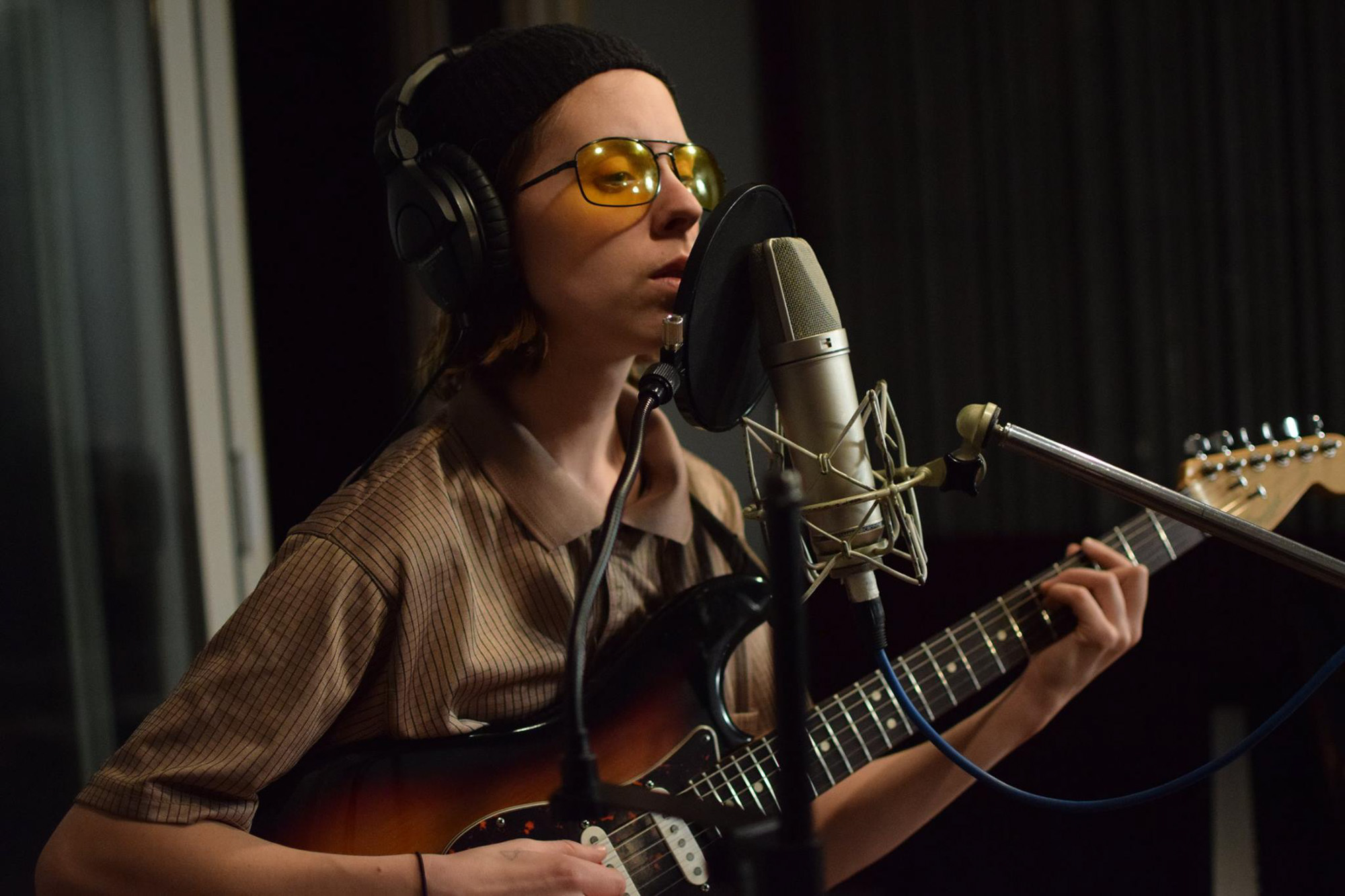
One of the key attributes of both the Sigma 18-35mm and 50-100mm lenses is a super fast, f/1.8 aperture. Perfect for low light shooting and separating a subject from the background, these two art lenses deliver beautifully soft backgrounds while wide open. Especially impressive, says Winland, is that the Sigma 50-100mm lens allows users to shoot wide open at f/1.8 throughout the zoom range.
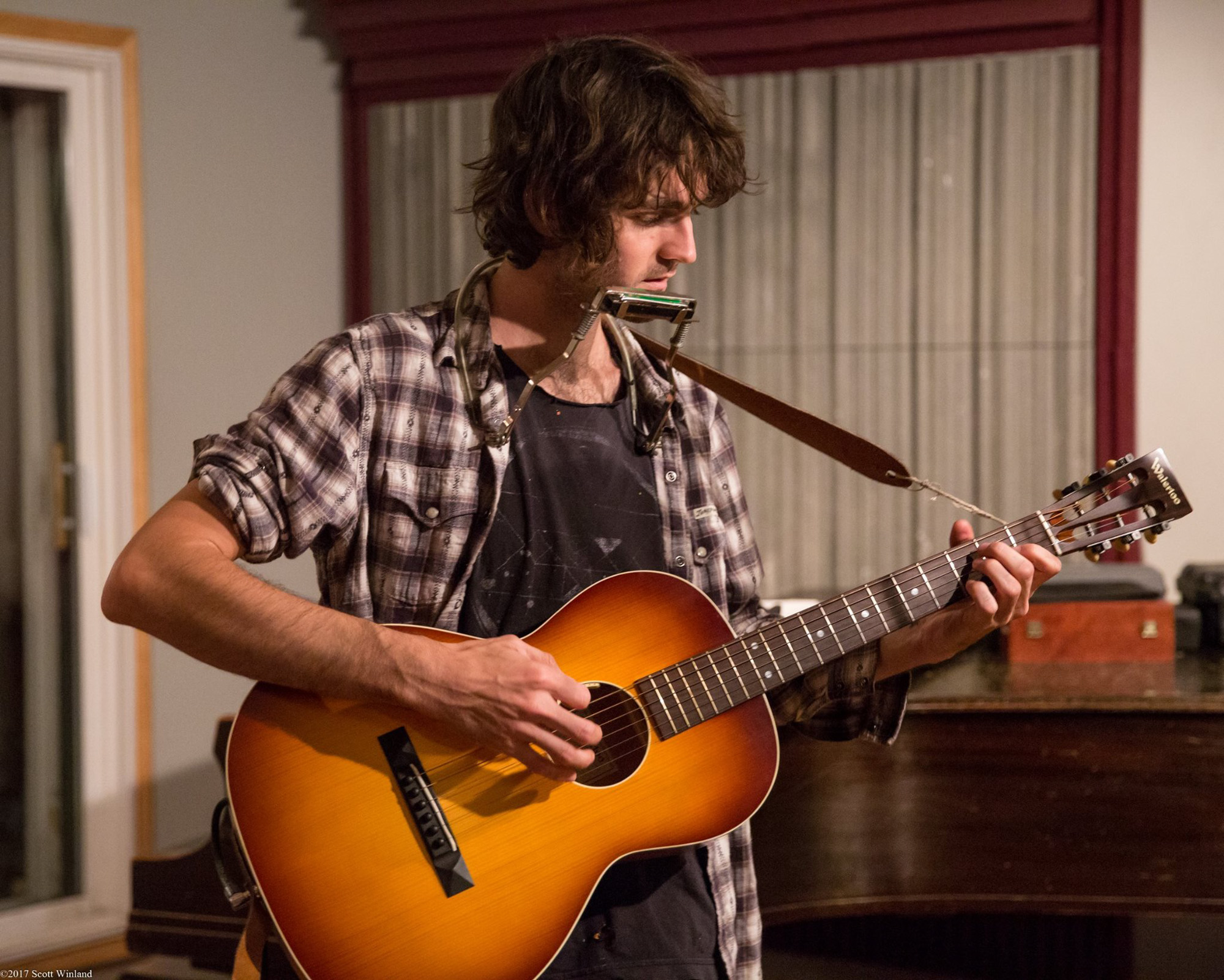
Once the audio is recorded and video is captured, Winland’s students put it all together in post-production. Winland ensures that students are well versed in various software programs, including Adobe Premiere, and are able to create content. “It’s rewarding to see our students coming out with some great stuff of their own after graduation,” Winland says. “It’s nice to see our graduates creating likeminded content around the country.”
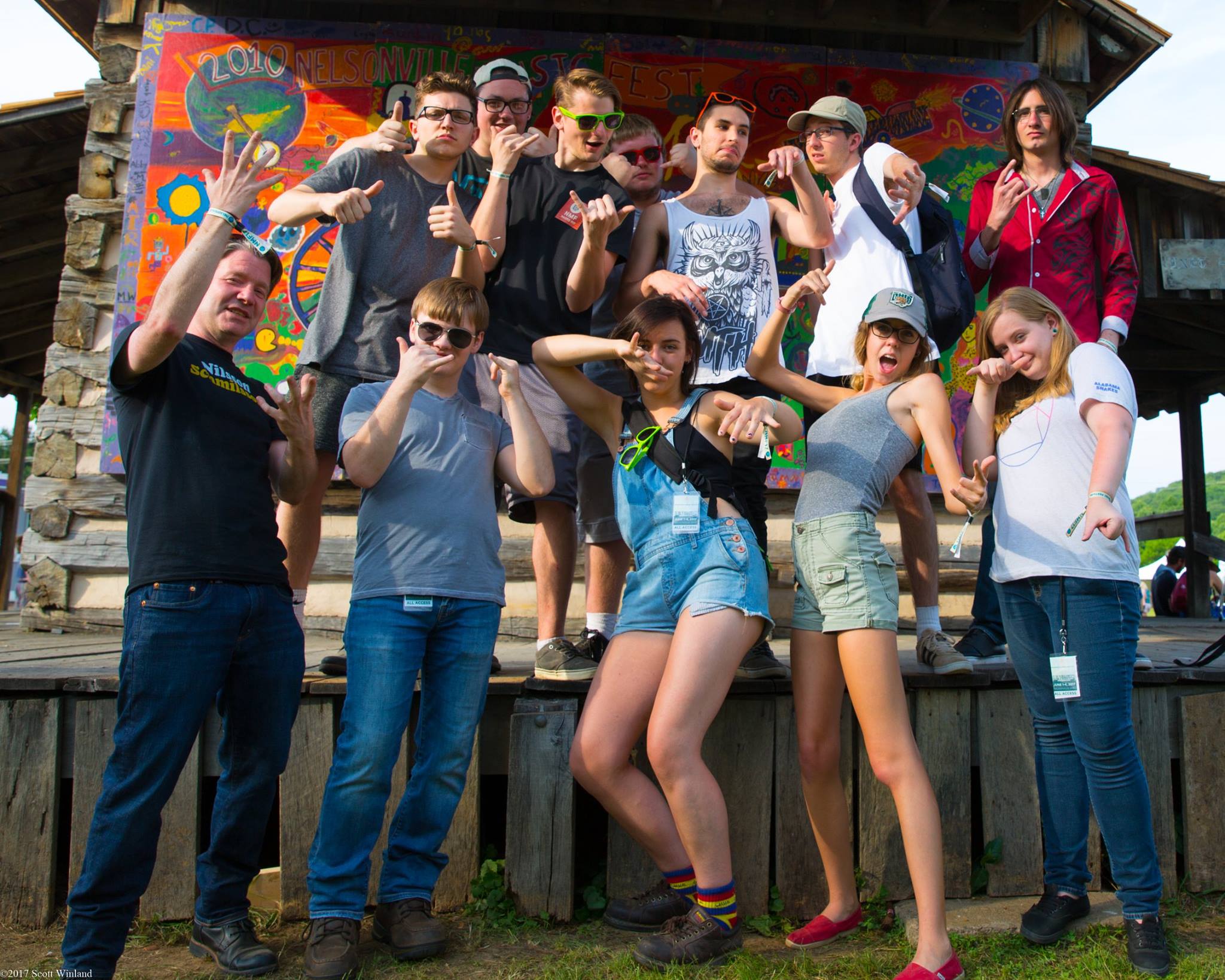
Although Winland hadn’t considered becoming a teacher before Hocking College, he has really found his niche there. In some ways, he explains, it’s a lot like his career promoting and booking artists. “I always liked working with developing artists and helping them find their way” Winland explains. “The students are much like developing artists and I love being able to help them find their paths and grow into their careers.”

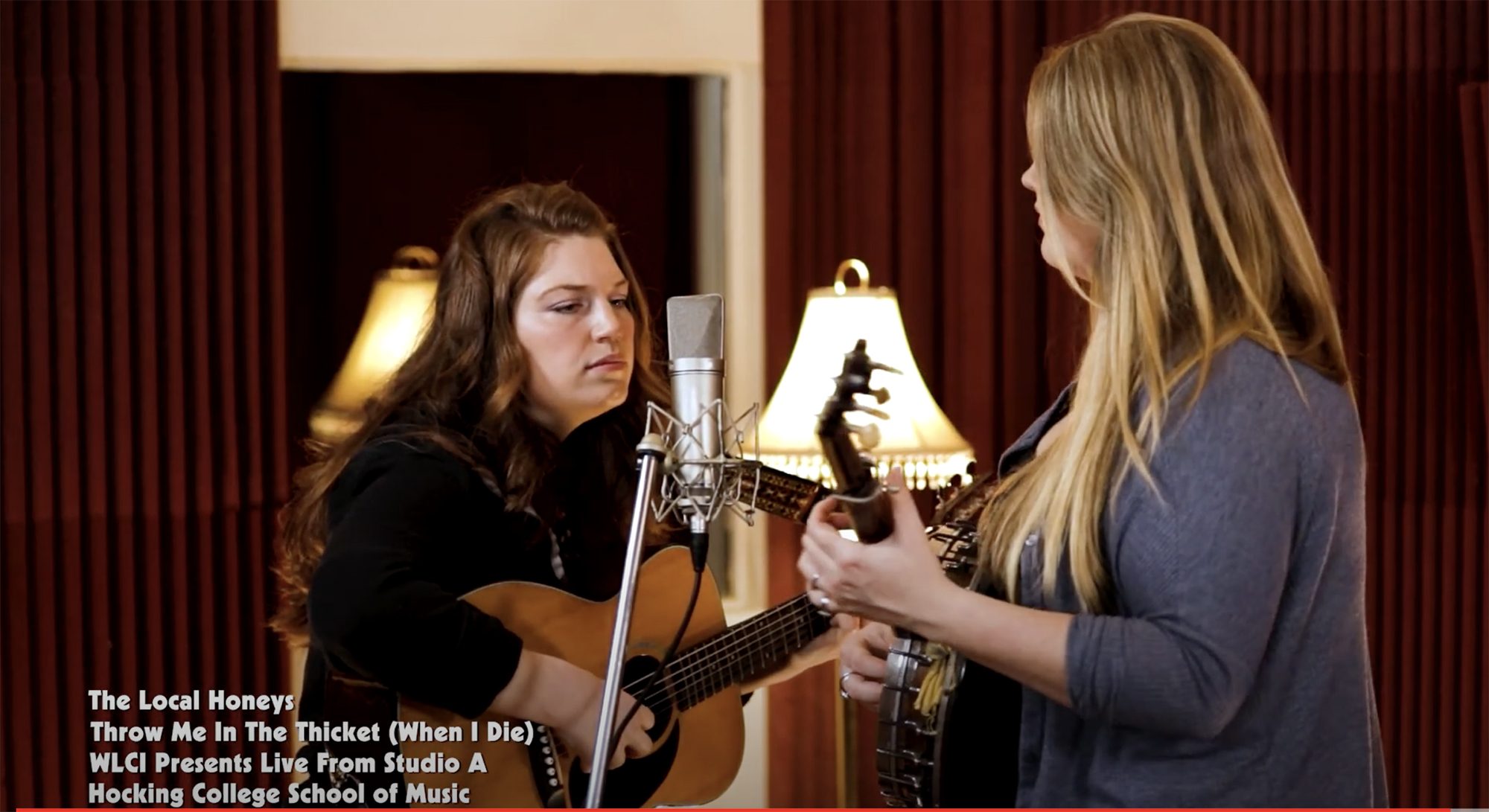
Scott runs a great program at Hocking College. The students learn so much and get amazing opportunities to learn and beyond classrooms.